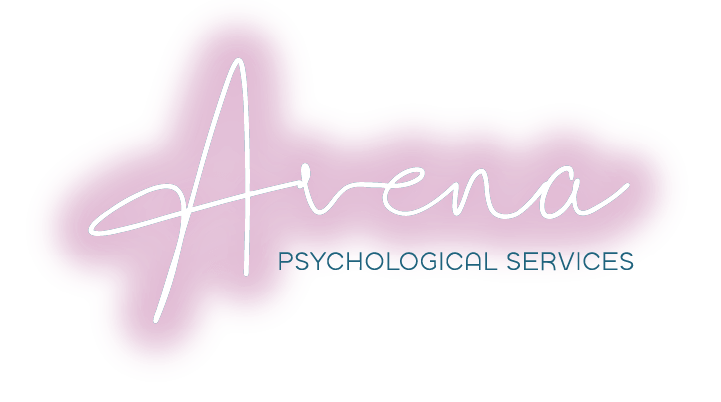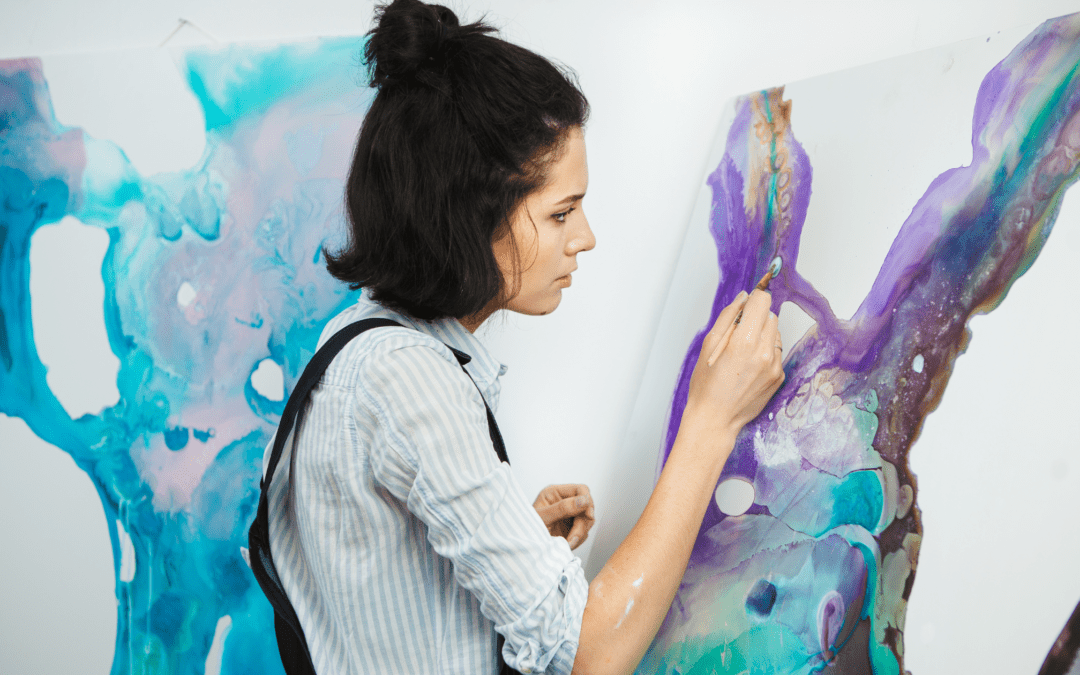Trauma leaves its mark. It can whisper in nightmares, echo in flashbacks, and paint life with shades of fear and isolation. But amidst the darkness, there’s a flicker of hope. A gentle, creative light known as art therapy for trauma.
What is it?
Art therapy for trauma isn’t about creating masterpieces. It’s about using the expressive power of art, from clay sculpting to dance, to explore and process difficult emotions. It’s a safe space where words may fail, but colors, textures, and shapes can speak volumes.
How does it work?
Think of art therapy as a bridge between your inner world and the outside. Through creative expression, you can:
- Access and explore difficult emotions: Trauma often stores itself in nonverbal forms. Art therapy allows you to bypass cognitive defenses and tap into raw feelings, giving them a voice through paint, clay, or movement.
- Gain self-understanding: As you create, patterns may emerge, revealing subconscious thoughts and feelings you might not have been aware of. This newfound understanding can be key to healing and growth.
- Develop coping mechanisms: Art therapy provides healthy outlets for expressing and managing overwhelming emotions. You learn to channel anxiety and fear into creative expression, building resilience and emotional control.
- Reduce symptoms: Studies have shown that art therapy can effectively reduce symptoms of trauma, such as anxiety, depression, and flashbacks. It can also improve sleep quality and overall well-being.
Is it right for me?
If you’ve experienced trauma, you might be wondering if art therapy is right for you. The answer is, it can be for anyone, regardless of artistic skill or experience. It’s a journey of self-discovery, not about creating the next Mona Lisa.
Here are some signs that art therapy might be beneficial:
- You struggle to talk about your traumatic experience.
- You experience symptoms of anxiety, depression, or PTSD.
- You feel disconnected from your emotions.
- You’re looking for healthy coping mechanisms for difficult emotions.
- You’re open to exploring creative expression as a healing tool.
Taking the First Step:
If you’re considering art therapy, remember, it’s a personal journey. Find a therapist who you feel comfortable with and who has experience working with trauma. Start slow, explore different materials and techniques, and trust the process.
Art therapy for trauma may not erase the past, but it can help you paint a brighter future. It can offer a path to healing, self-expression, and rediscovering the vibrant colors within yourself.
Remember, you are not alone. Reach out for help and take the first step towards rediscovering your creative spirit and inner strength.
Contact us to schedule an appointment with a professional in New York or New Jersey.

